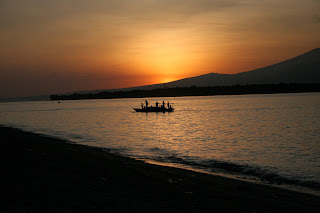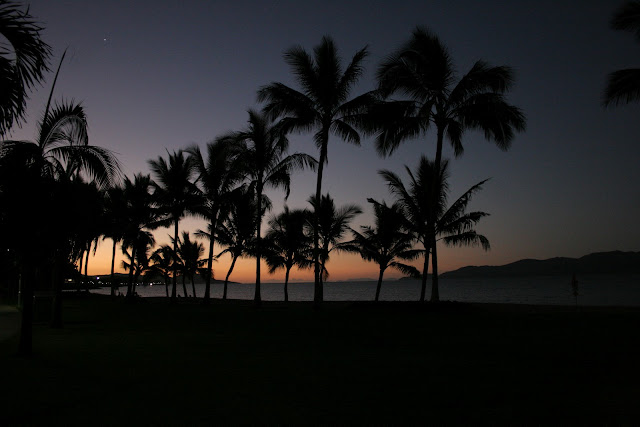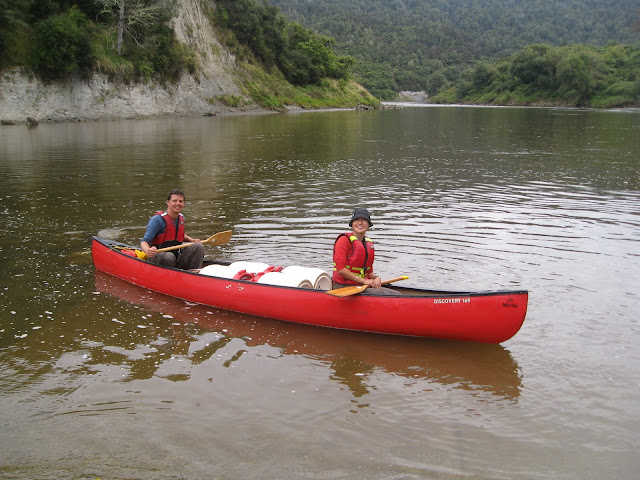 From Gili Meno we took a boat back to Denpasar and then flew from there to Singapore. Getting off of the plane in Singapore provided us with another round of culture shock. We went from a country where just having a car was a luxury to a place where having anything but a luxury car was hard for people to accept. It is not totally surprising because Singapore has built its entire economy around buying and selling. Nothing is grown or produced in Singapore, but the country has still managed to become wealthy by acting as a middleman for a huge variety of goods that are shipped all around the world.
From Gili Meno we took a boat back to Denpasar and then flew from there to Singapore. Getting off of the plane in Singapore provided us with another round of culture shock. We went from a country where just having a car was a luxury to a place where having anything but a luxury car was hard for people to accept. It is not totally surprising because Singapore has built its entire economy around buying and selling. Nothing is grown or produced in Singapore, but the country has still managed to become wealthy by acting as a middleman for a huge variety of goods that are shipped all around the world.
We spent our time in Singapore shopping, enjoying the incredible variety of food and checking out Sentosa Island. The number of shopping centers in Singapore is absolutely astounding and the number of Louis Vuitton stores was enough to boggle the mind. That was before we discovered and got lost in the six floors of electronics at Sim Lim Square.
To get a view of the whole city we went to the top of the Marina Bay Sands Hotel and marveled at the number of ships anchored in the harbor.
 Sentosa Island is connected to Singapore by a walkway and cable car. It is covered in resorts and theme park attractions. It is not the type of place we usually visit, but since we were there we decided to go all out and buy a day pass. It let us experience most of the attractions on the island besides Universal Studios and we had a blast feeling like a couple of kids without parents to slow us down.
Sentosa Island is connected to Singapore by a walkway and cable car. It is covered in resorts and theme park attractions. It is not the type of place we usually visit, but since we were there we decided to go all out and buy a day pass. It let us experience most of the attractions on the island besides Universal Studios and we had a blast feeling like a couple of kids without parents to slow us down.We felt incredibly safe in Singapore and enjoyed riding the amazingly clean and orderly subway system, but also felt like we always had to make sure we were following the strict rules. These include being careful about chewing gum (no gum is sold in Singapore), making sure we did not litter (even accidentally) and being careful to make sure that any public toilet we used was flushed cleanly (it’s a caning offense if you do not). It’s a strange dichotomy that was good to experience.































